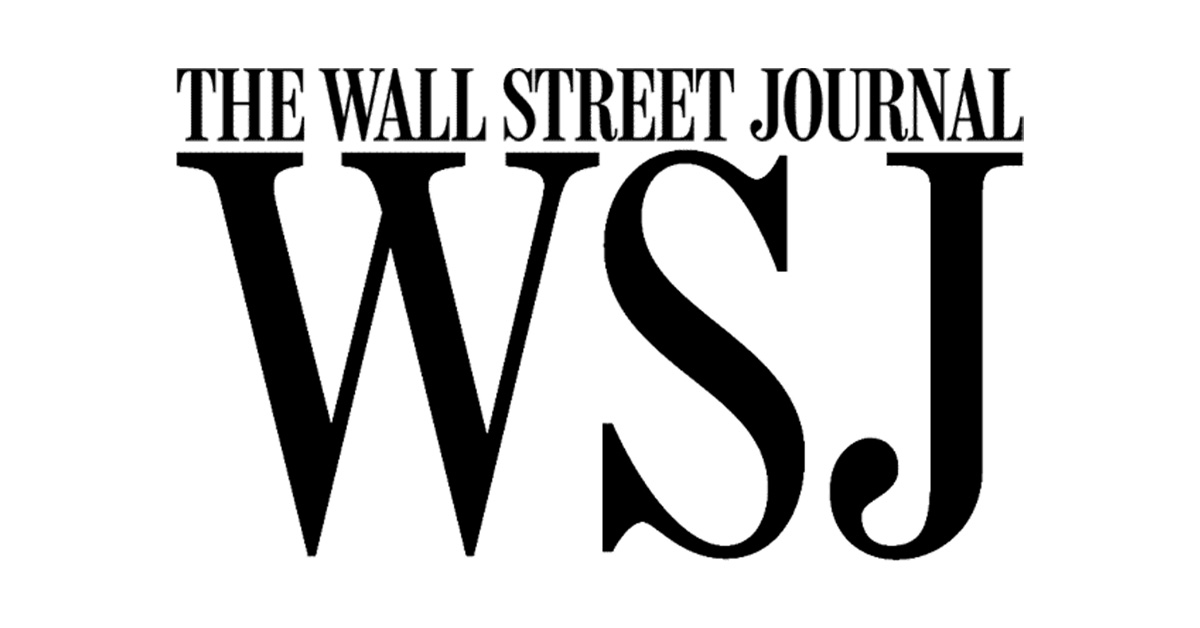Our Eighth Annual Employee Relations Benchmark Study shows that Employee Relations (ER) needs to adapt faster and smarter than ever before. As we navigate these uncharted waters, mastering our data and nurturing open, vulnerable community dialogues are more crucial than ever.
This year’s Study thoroughly reviews what matters most in ER today—with an in-depth look at issue trends, case management, data analytics and AI—and provides actionable recommendations to enhance your strategies. Download the full report to explore these critical themes in more detail.
The Rising Importance of Mental Health in the Workplace
This year’s findings reinforce the evolving role of Employee Relations, highlighting that ER is not just a function but a journey. Mental health continues to be the leading factor in issue volumes, with 70% of organizations citing it as the primary challenge driving increases.
We are in the midst of a widespread mental health crisis within our workplaces, intensified by the ongoing effects of the pandemic, stringent return-to-office mandates and a generation that is increasingly vocal about mental health concerns. And ER professionals are on the front lines navigating these growing challenges.
To tackle these issues effectively, we must harness our data to identify patterns and potential issues, despite about only half of organizations reporting doing so. Collaborate with mental health professionals to offer thorough support. Proactively incorporating mental health initiatives into our employee relations strategies is more than a reactive measure—it’s a strategic move towards cultivating a healthier workplace environment.
Today’s Workforce Expects Accountability From Employers
The call for greater transparency is loud and clear, especially from younger workers. As leaders and employers, it’s incumbent upon us to meet these expectations by offering clear insights into organizational issues. But only a mere 11% of organizations currently share aggregated, anonymous outcomes of investigations or employee relations issues with their teams. This reluctance largely stems from concerns about potential legal implications, cited by 59% of organizations.
However, to foster a culture of trust and openness within our workplaces, we must address and navigate these legal concerns. Transparent data-sharing practices can enhance employee trust and engagement, leading to a more committed and motivated workforce. By carefully navigating legal concerns and adopting compliant data-sharing practices, we can establish a foundation for a culture of openness and accountability. This aligns with the values of the newer generations and strengthens our organizations’ overall integrity.
Embracing AI in Employee Relations
AI has evolved from a novel idea to an essential technology. Its potential to reduce workloads, enhance efficiency and streamline processes is clear, yet only 9% organizations have fully embraced it. Many organizations are figuring out their approach to implement AI in employee relations while carefully treading any legal, ethical and compliance issues.
As we explore the integration of AI into our employee relations efforts, it’s essential to acknowledge and address the valid concerns our employees may have about potential risks. I encourage you to engage with your teams, determine the most appropriate opportunities and establish clear guardrails to ensure AI is used responsibly and ethically. By thoughtfully incorporating AI into our processes, particularly in areas like data analysis, we can enhance our capabilities and significantly enrich the human experience within our workplaces. This strategic approach not only bolsters our operational efficiency but also reinforces our commitment to maintaining a respectful and transparent work environment.
Dive deep into the data specific to your team and start asking the essential questions that will shape your objectives. How do we compare to these benchmarks? In what areas can we enhance our performance? It’s crucial to communicate these insights with your leadership team and determine where to allocate your resources effectively. By strategically leveraging this information, we can forge stronger connections with our employees, boost our operational effectiveness and build exceptional workplaces.
For a deeper understanding and actionable strategies, I invite you to explore the full Eighth Annual Employee Relations Benchmark Study.




